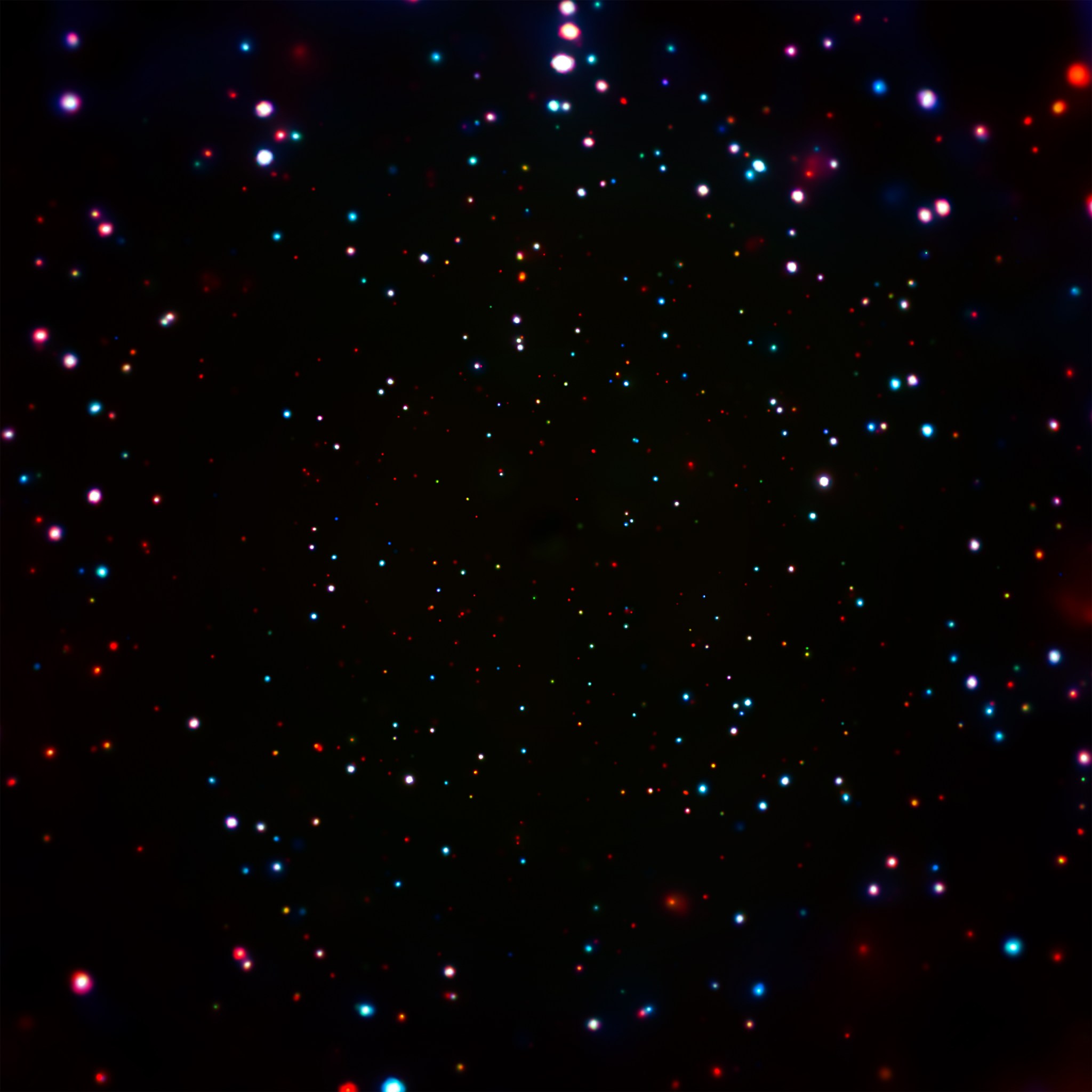Astronomers using NASA’s Chandra X-ray Observatory are uncovering secrets of some of the most mysterious and exciting X-ray spewing objects in the universe. Here are two latest findings presented at the 229th American Astronomical Society meeting in Grapevine, Texas this week.
Astronomers Discover Powerful Cosmic Double Whammy
Astronomers have discovered a cosmic one-two punch unlike any ever seen before. Two of the most powerful phenomena in the Universe, a supermassive black hole, and the collision of giant galaxy clusters, have combined to create a stupendous cosmic particle accelerator.
By combining data from Chandra, the Giant Metrewave Radio Telescope (GMRT) in India, the NSF’s Karl G. Jansky Very Large Array, and other telescopes, researchers have found out what happens when matter ejected by a giant black hole is swept up in the merger of two enormous galaxy clusters.
Read more from NASA’s Chandra X-ray Observatory
Deepest X-ray Image Ever Reveals Black Hole Treasure Trove
An unparalleled image from Chandra gives astronomers the best look yet at the growth of black holes over billions of years beginning soon after the Big Bang. This is the deepest X-ray image ever obtained, collected with about 7 million seconds, or eleven and a half weeks, of Chandra observing time.
The image comes from what is known as the Chandra Deep Field-South. The central region of the image contains the highest concentration of supermassive black holes ever seen, equivalent to about 5,000 objects that would fit into the area of the full Moon and about a billion over the entire sky.
Read more from NASA’s Chandra X-ray Observatory
Read More from NASA’s Chandra X-ray Observatory.
For more Chandra images, multimedia and related materials, visit:




























